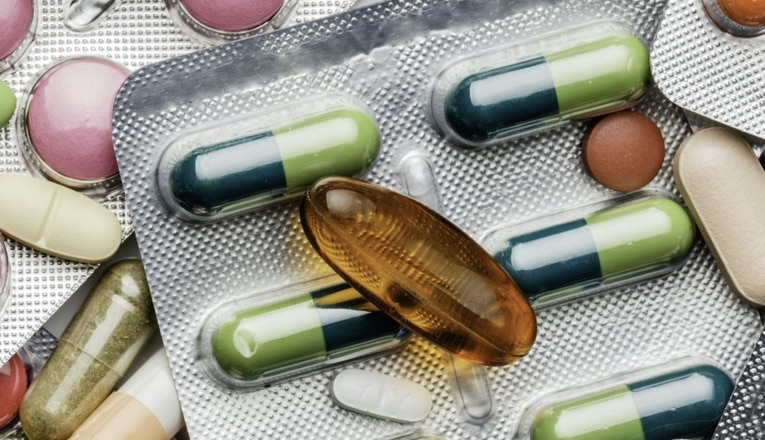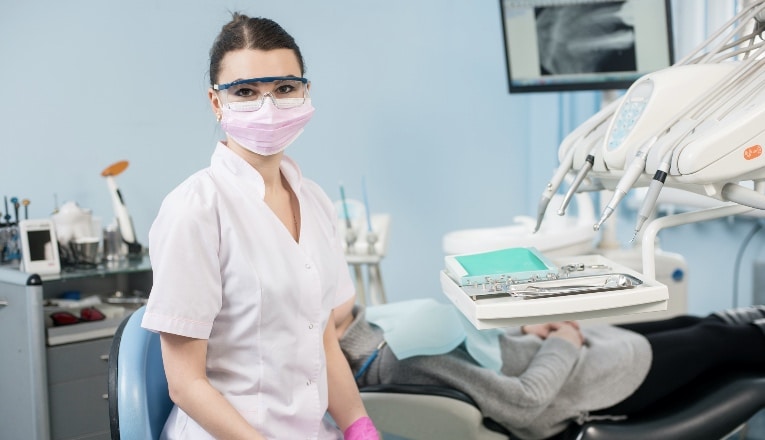Early Detection and Treatment of Xerostomia
Xerostomia, or perceived dry mouth, has a broad range of prevalence, ranging from 5.5% to 65%, while also considered under-reported by patients and under-recognized by practitioners. As such, it is important for oral health professionals to remain well-versed in xerostomia, its etiologies, and its diagnosis. Oral health professionals should be confident in assessing patients for xerostomia and providing strategies to improve quality of life for those with this common condition.
True dry mouth is related to salivary gland hypofunction (SGH) and may be caused by which of the following?
 decade3d / iStock / Getty Images Plus
decade3d / iStock / Getty Images Plus
The simplest cause of xerostomia is dehydration, yet the most common cause is polypharmacy.
 apomares / E+
apomares / E+
Typical salivary production ranges from 0.5 liters to 1.5 liters daily.
 janulla / iStock / Getty Images Plus
janulla / iStock / Getty Images Plus
Dental hygienists are prepared to clinically detect xerostomia, often identifying its presence long before a patient reports it.
 anatoliy_gleb / iStock / Getty Images Plus
anatoliy_gleb / iStock / Getty Images Plus
While chewing stimulates salivary flow, only gums that do not contain xylitol should be used.
 Eva-Katalin / E+
Eva-Katalin / E+
Systemic sialogogues, such as pilocarpine and cevimeline, are highly effective at returning salivary flow, yet they have significant extended effects such as excessive sweating, nausea, rhinitis, chills, flushing, and excessive urination.
 PixelsEffect / E+
PixelsEffect / E+
Share your Results:

